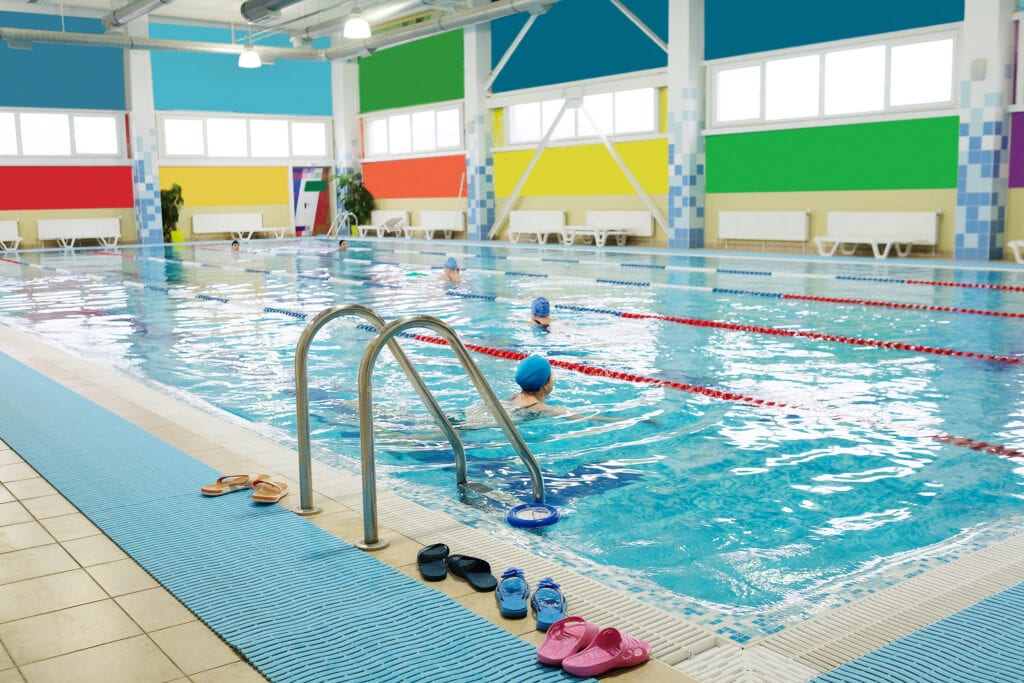Swimming With Feeding Lines and Tubes

While it may seem complicated, swimming with feeding lines and tubes doesn’t have to be. Learn helpful tips from the Feeding Tube Awareness Foundation on how to prepare for swimming.
Checking the Water
Before someone with feeding lines or tubes swims, it is important to find out more information on the body of water, whether it be a pool, lake, etc.
Typically, doctors advise that individuals with lines and tubes should swim in water that is kept clean and is treated such as a chlorinated swimming pool. Be sure to test the chlorine levels before swimming to ensure they are at the recommended test level. To do this, you can ask the owner of the pool to use their chlorine test strips.
Swimming in untreated water, such as lakes, rivers and oceans, is riskier for several reasons such as the water not being treated, rain and runoff and other factors that could cause the water to be high in bacteria.
If you are interested in swimming in untreated water, first test the water quality and then talk with your doctor.
Preparing Lines and Tubes to Swim
NG/NJ-Tube
For individuals with an NG/NJ-tube, ensure that the tube is closed and clamped before swimming. Also, be sure to secure the tube in place so that it does not become entangled.
G-Tube
Individuals with a new G-tube and a stoma that is not healed yet should wait a couple of months before swimming. Always be sure to consult with a doctor.
Once the stoma is fully healed, receive a doctor’s approval and ensure the feeding tube port is closed before swimming.
After Swimming with Lines and Tubes
After swimming, it is important to clean and dry the tube site. Any dressings should be changed immediately.
Overall, always consult with a doctor, conduct proper water checks and prepare yourself so that you can enjoy your time in the water!
For more information, visit The Feeding Tube Awareness Foundation.
*Disclaimer: Any health and wellness content presented is for general informational purposes only. Such content is not intended to replace or serve as a substitute for professional medical advice, diagnosis or treatment.
